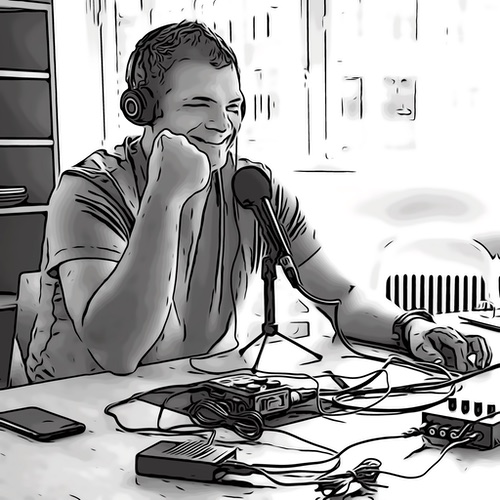Communication between two people falls on a spectrum, and that spectrum has more than one dimension. In fact, I imagine it has many dimensions.
Information could be flowing predominantly from person A to B, evenly, or in the other direction; this can be imagined as one dimension of the communication. The tension—antagonism, slight repulsion, a neutral first meeting, mild interest, intimate whispers—can be negative or positive; this can be another dimension. Communication can be durable (recorded, written, notes taken, etc.) or ephemeral; that’s another dimension. It can also vary in the dimension from private to public.
It’s interesting to consider how real scenarios could be characterized using those dimensions. Consider: An interrogation involving torture, an interrogation of a subject with their rights observed, a private investigator seeking to solve a case, a journalist interviewing a war criminal, a journalist interviewing a cultural icon, two friends talking while sharing a meal, single-serving sized friends on a plane (hat tip to Chuck Palahniuk), or lovers sharing pillow talk. The scenarios, like life, are endlessly varied.
All of that is a reductionist analysis; how do I simplify the real scenario to find some principles that are durable across scenarios. That’s useful. But I could also turn my analysis around. While having a conversation, I could consider those principles as a way to guide my efforts to create a certain kind of conversation.
Direction of information flow? …should I be talking more or less? Tension? …is there, should there be, more or less? Durability? Privacy? There are certainly more dimensions, and therefore more principles, than those I’ve listed. And the insight gained from understanding every principle could be evaluated in the context—the right-now in each moment’s context—of every conversation.
What would happen if I continuously (as often as is possible in a conversation, but also by reflecting on each conversation and planning for the next), made conscious adjustments? What would happen if I did that over 100, 500, or even 1,000 conversations? Now that’s a good question.
ɕ
